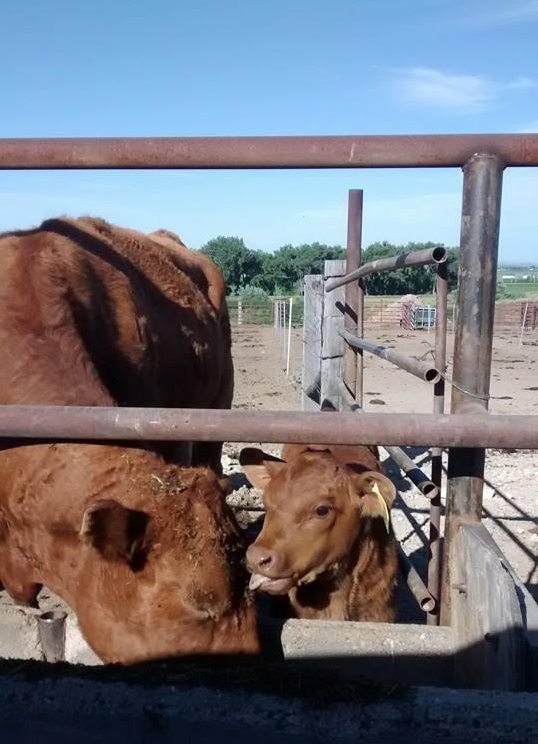
By Karla Jenkins, Cow/Calf Specialist Panhandle Research and Extension Center
As drought conditions worsen in eastern Montana and the Dakotas, dry conditions are creeping down into Nebraska. Having a drought plan well in advance of when the plan needs to be enacted is critical for weathering drought conditions as well as possible.
Early weaning is always listed as an option in drought management strategies. This does reduce grazing pressure if the calves are sold or confined in a drylot area. Depending on the severity of the drought and the available forage a producer has, this may or may not be a sufficient strategy.
There are options for confining cows, either as dry cows or as lactating pairs that can provide an opportunity for the drought stricken pasture resource to have rest time without selling a large portion of the herd.
Confinement feeding does not have to be conducted in a feedlot setting although that can be an option, particularly in the summer months when some feedlots have fewer finishing cattle and may have the capacity to take in cows or pairs.
Confinement feeding can occur on pivot corners, fallow ground, or fields of annual forages. Although confinement feeding can be done on perennial forages, this is not highly recommended due to the fact that overgrazing is still likely to occur. Regardless of where the feeding occurs, 2 feet of feeding space is recommended per cow and 18 inches is recommended for calves. Feeding does not have to occur in concrete bunks although waste is reduced when it is possible. An electric fence can be strung on the edge of a field and the feed can be placed just across the fence to reduce the incidence of cattle using the feed for bedding or defecating on it.
Another technique for reducing feed waste is limit feeding. However, when limit feeding, diets must be carefully balanced to maintain cow weight. If calves are still nursing, additional feed must be provided for them as well.
As with all decisions in the cow business, careful economic calculations need to be made to evaluate feeding cows in confinement vs. selling the cows. However, if energy dense by-products are available such as distillers grains, sugar beets, beet pulp, corn gluten feed, or even corn or others grains; these can typically be mixed with lower quality hays or residues to make a ration competitive with grass leases. Therefore, producers interested in confinement feeding pairs or dry cows should work with UNL extension personnel to develop rations and management practices best suited for confining cows given each producer’s resources. For additional information on the management of cows in confinement see NebGuide G2237 Management Considerations for Beef Cows in Confinement http://extensionpublications.unl.edu/assets/pdf/g2237.pdf. For information on feeding mixtures of by-products and residues to stretch pastures see NebGuide G2099 Crop Residue or Low Quality Hay Combined with By-products as a Forage Substitute http://extensionpublications.unl.edu/assets/pdf/g2099.pdf.
To listen to BeefWatch podcasts go to: https://itunes.apple.com/us/podcast/unl-beefwatch/id964198047 or paste http://feeds.feedburner.com/unlbeefwatch into your podcast app.